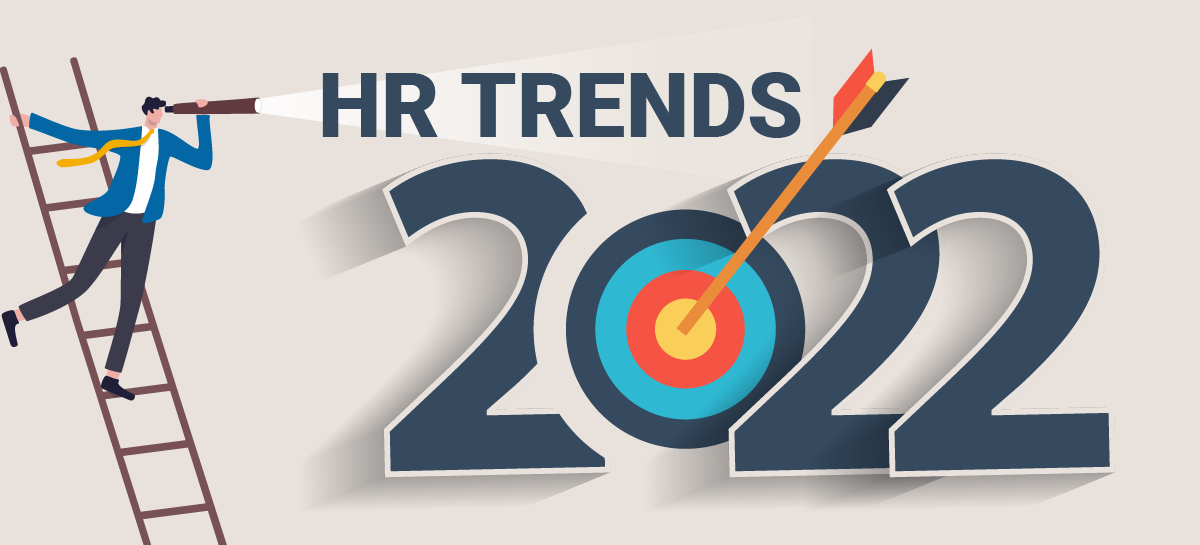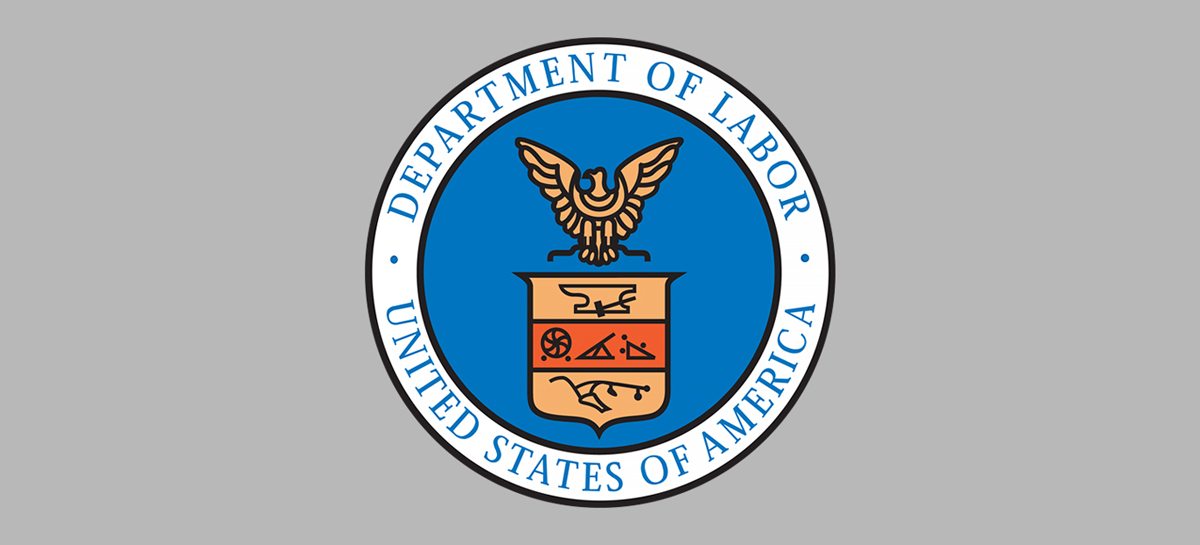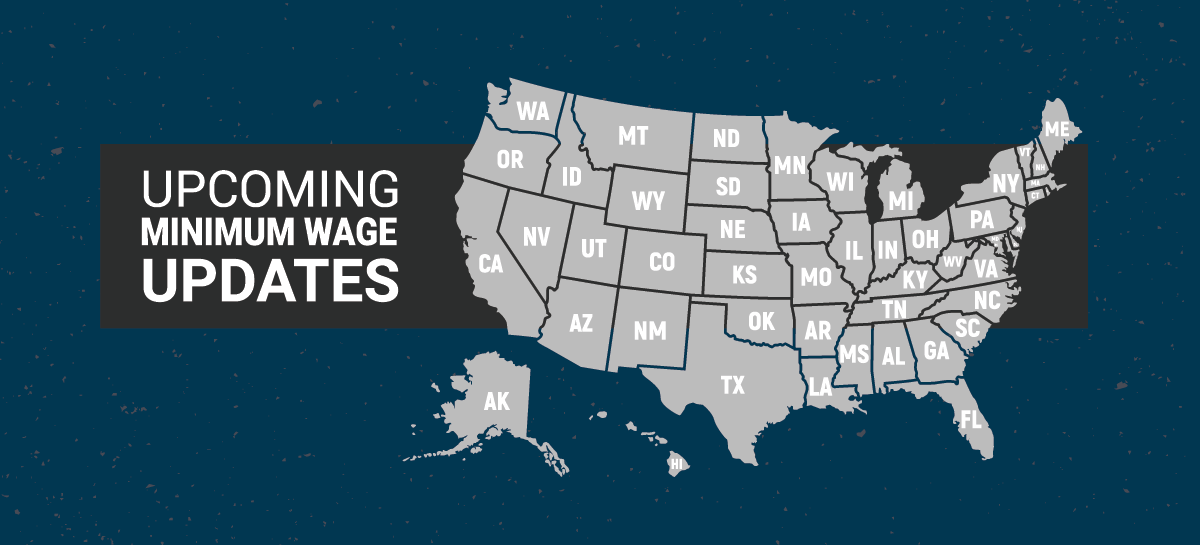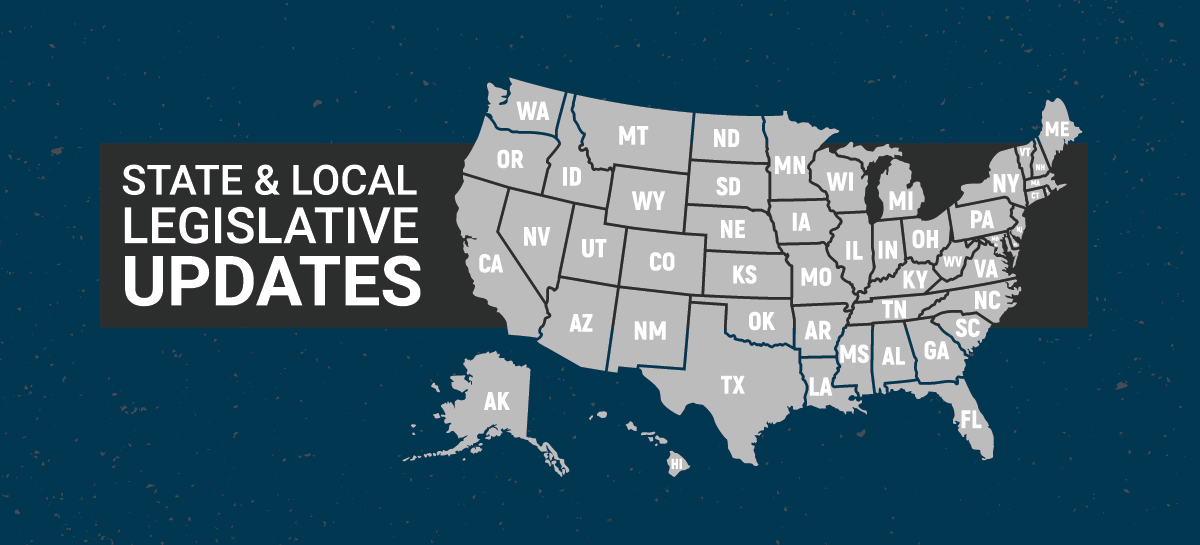
The U.S. inflation rate has increased by 9.1% year over year, according to the Bureau of Labor Statistics (BLS). The BLS also reported that this is the highest the inflation rate has been since 1981. This has led to significant price increases across many consumer goods, and employers are responding in various ways. As employees face increased financial difficulty during this time, it has become crucial for employers to respond. While every employer may take a different approach to addressing inflation and its impact on their employees, the following are some common strategies that have emerged.
- Reevaluating Employee Benefits – In response to inflation, many employers are altering their benefits offerings to help mitigate the effects employees are facing. For example, employers are offering options such as student loan repayment to help employees with budgeting and expenses at a time when prices are high and employees are looking for ways to cut costs.








